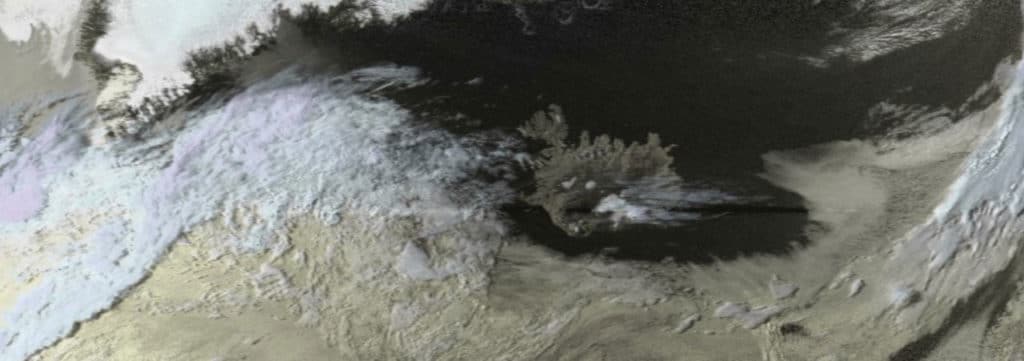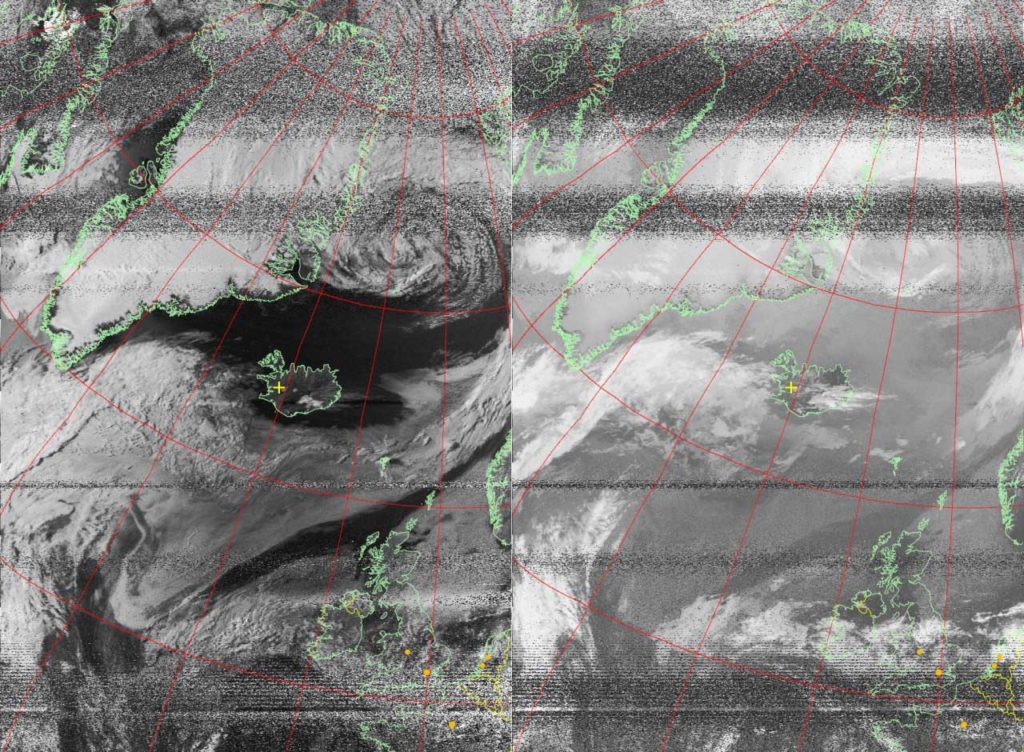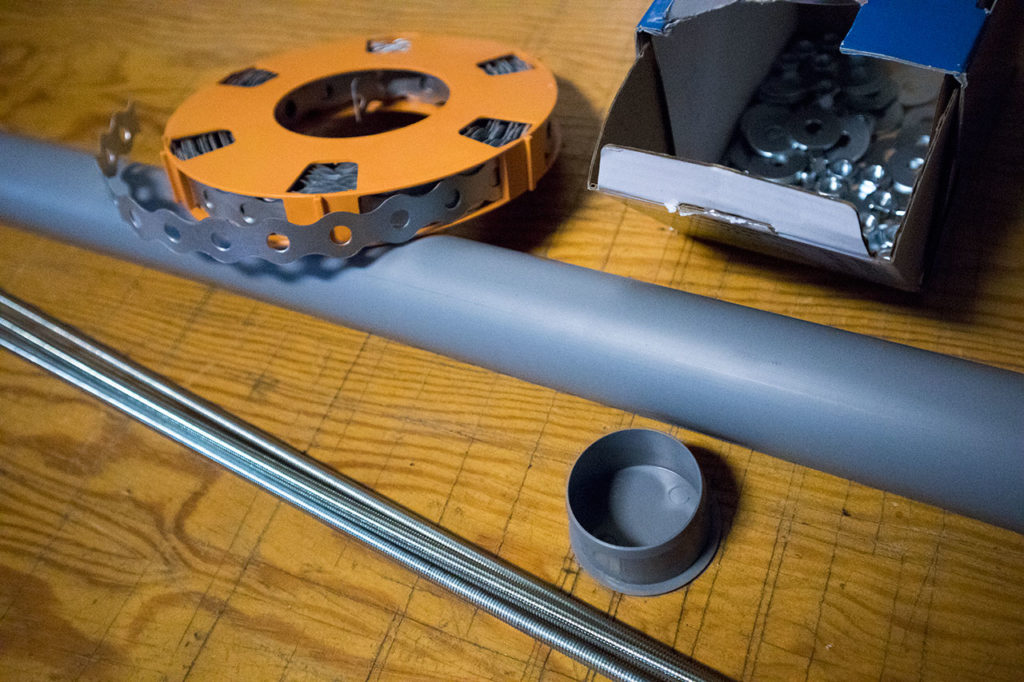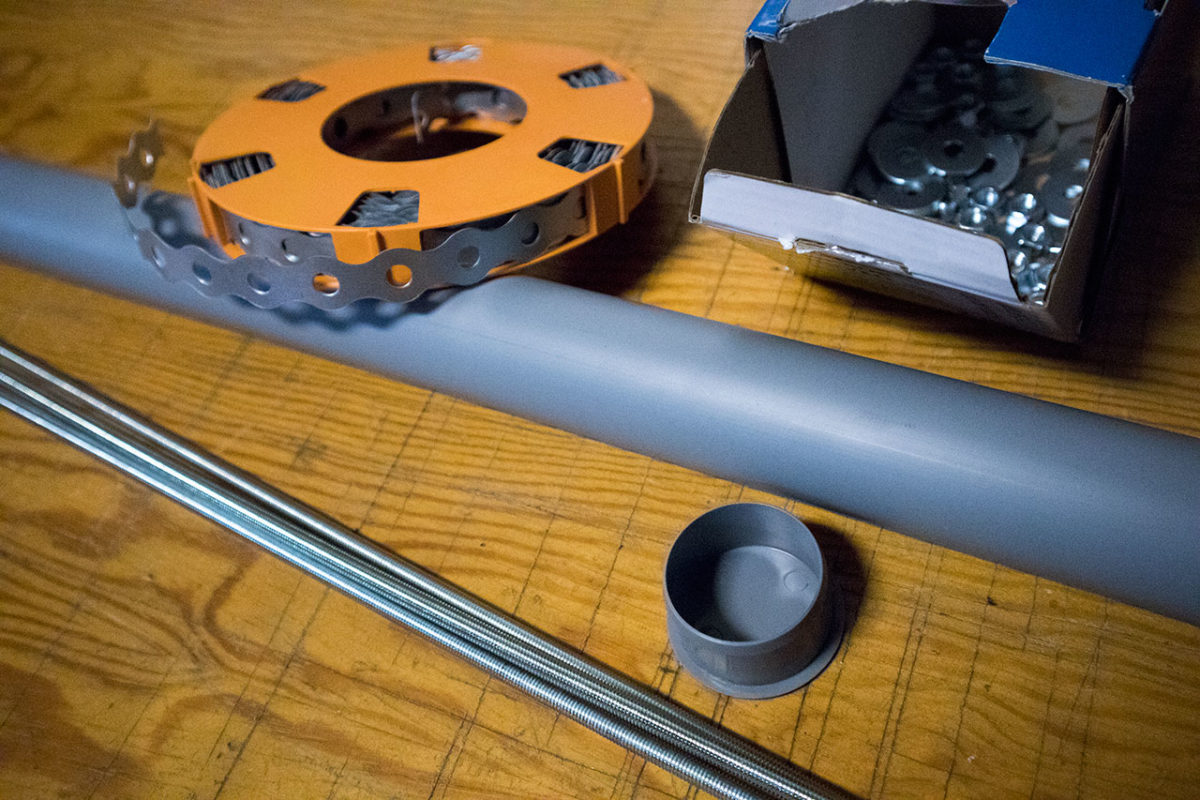Every now and then I have tried to receive images from weather satellites, like NOAA and Meteor, using a v-dipole. On a good day I can just about see my home country, Iceland, but my images are clear only when the satellite is at a fairly high elevation.


At first that’s all it took to blow my mind but knowing what’s possible and seeing others post long and clear pictures made me want more. Many of those pictures I admire are received using a quadrifilar helicoidal antenna or a QFH.
A QFH antenna is excellent for receiving those earth selfies, has circular polarization and starts picking up the transmission at a fairly low angle. Allowing for more data to be captured in one pass, resulting in longer clean images. Although I have considerable difficulty pronouncing quadrifilar helicoidal, I have made plans to build one such antenna.
After looking into various ways to construct a QFH antenna I have decided to use perforated metal strips as an alternative to copper pipes. That allows for convenient tuning adjustments after assembly and in my opinion gives it a more peculiar look. And probably a cleaner look than I could achieve at the moment with copper pipes as I am in no way a master craftsman. How the final product looks won’t help much with reception but matters a great deal when negotiating for a mounting permit from the missus.
There are plenty of guides around on how to build a QFH antenna and many ways of doing so. For those interested in making one I would recommend doing your own research and figure out what fits your ways before jumping in. Here are links to what I intend to use as my guidance:
Building a QFH antenna for NOAA and Meteor M2 satellites reception
https://ea4hfv.ga/antennas/QFH.html
Quadrifilar helicoidal antenna – Javascript on-line calculator
http://jcoppens.com/ant/qfh/calc.en.php
All materials needed I was able to get my hands on at the local hardware store for about the same price as a pizza (with delivery and Coca Cola). The perforated strips / hanger straps and rods at the store were not available in copper, which has the advantage over aluminum when it comes to conductivity. But the aluminum, that was available, should do just fine and may perform better in other ways for me. I picked parts that are not galvanized or coated by any other metal as that can hinder reception and alter things when it comes to the skin effect.

I hope to learn a lot from building my first antenna, tuning it and trying it out. Looking into things, doing research and pondering is all well and good but there comes a point when it’s time to get to work and make things happen.
For me, that time is next weekend.
Over and out.
